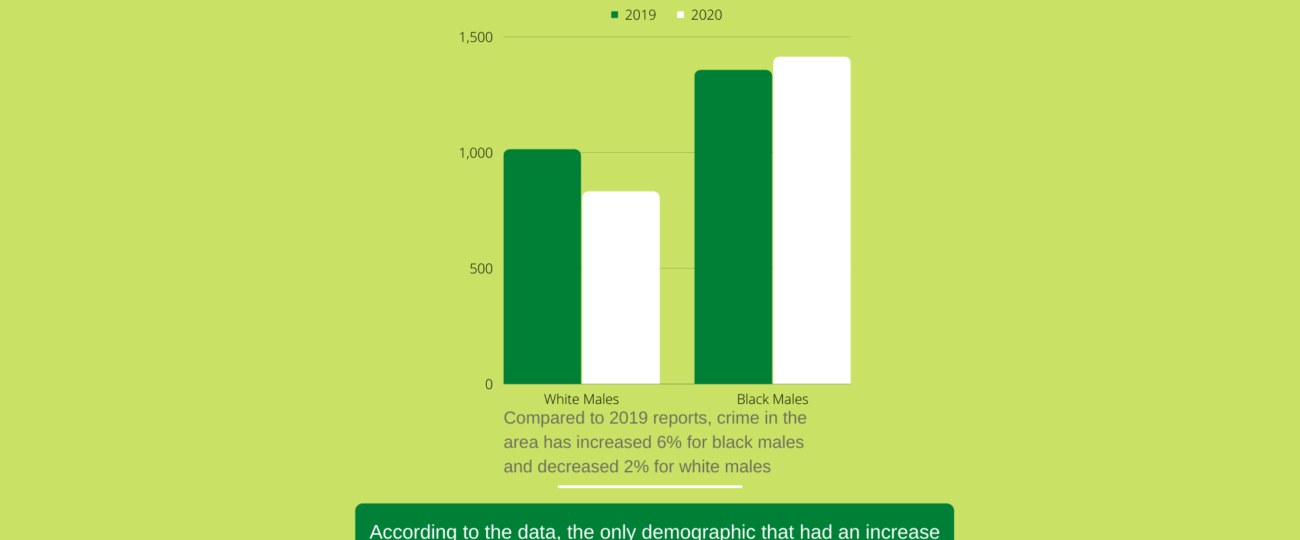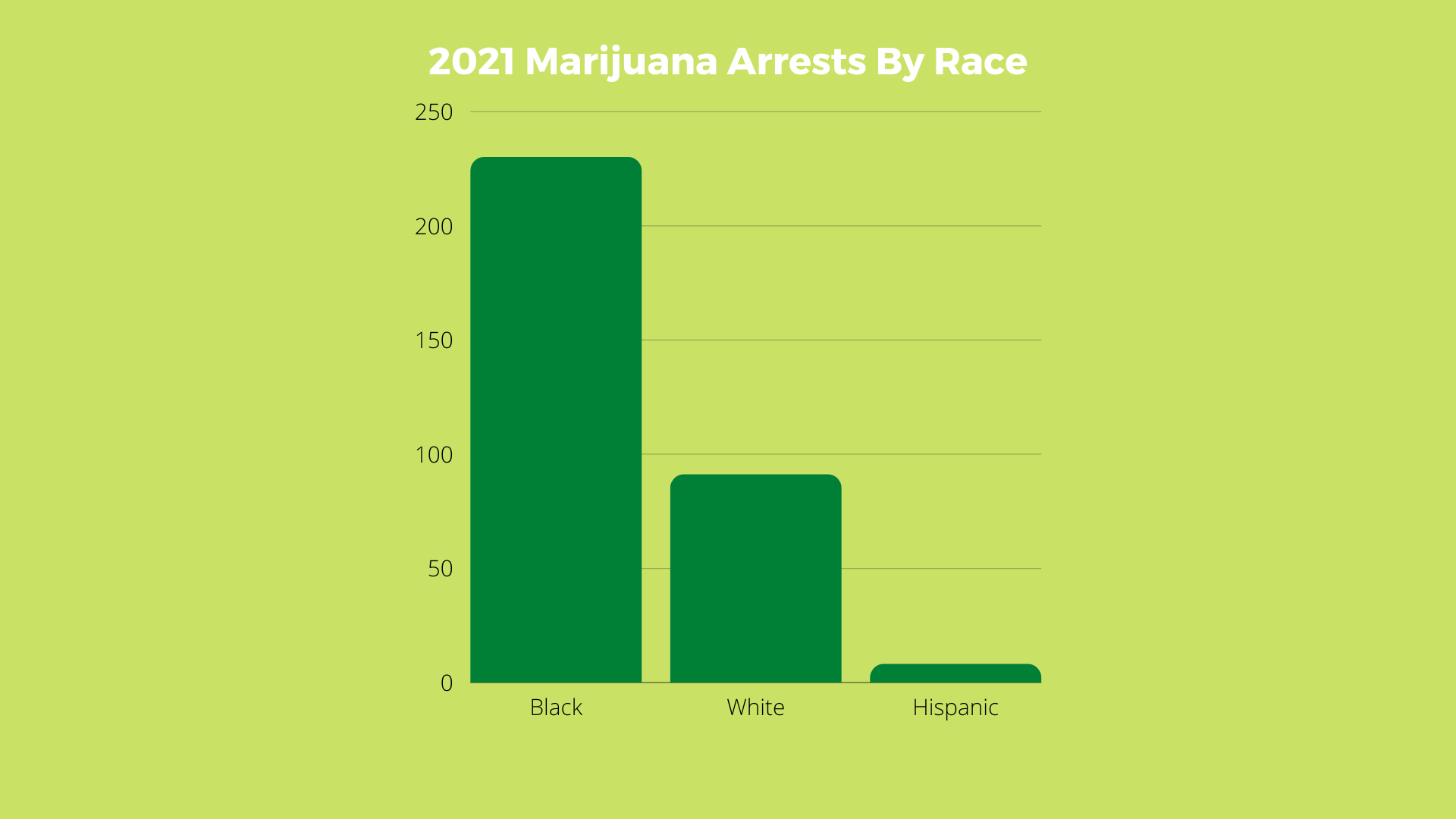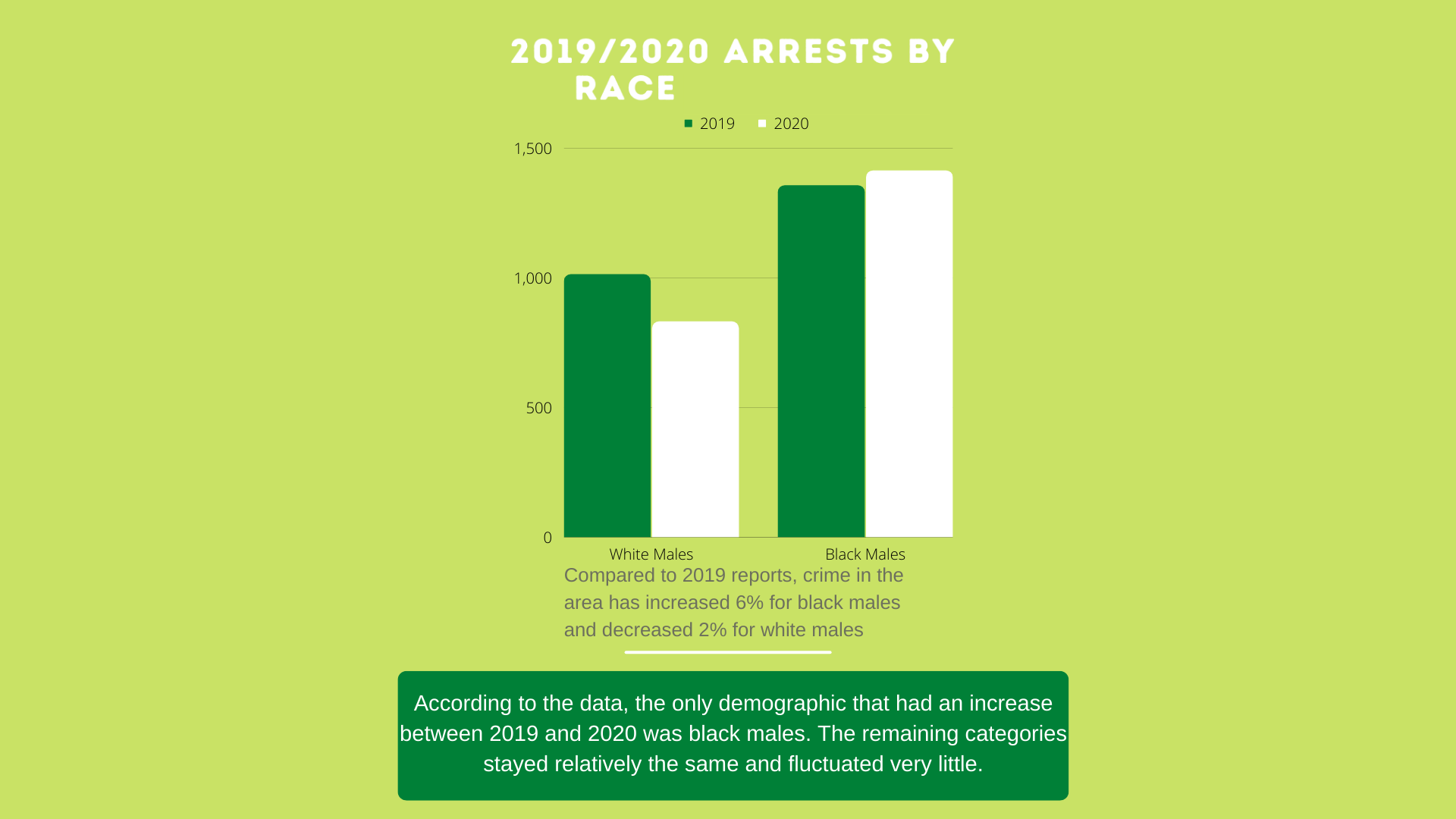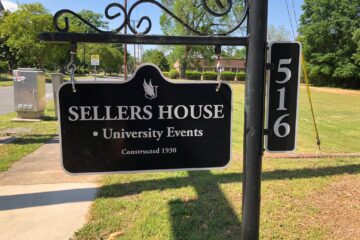The 2020 Census shows that Black people make up 39% of Rock Hill’s population compared to 54% for white people, and yet, the Rock Hill Police Department’s 2020 Police Report shows that “A total of 1,413 black non-Hispanic males (44%) were arrested in 2020, compared to 1,356 (38%)in 2019 for a 4.2% increase,” as opposed to “A total of 831 white non-Hispanic males (26%) were arrested in 2020, compared to 1013 (28%) in 2019 for an 18% decrease.”
Looking at a crime that white people and Black people commit at similar rates, like marijuana use, shows that there is a racial disparity in marijuana arrests.
The criminalization of marijuana had many racial issues involved from the start. The book, “Something’s in the Air” by James Lance Taylor, Katherine Tate and Mark Q. Sawyer talks about how a lot of fear was cast onto the drug because of its use by Black-majority groups like Rastafarians. It also discusses how news outlets were encouraged by the government to say “marijuana” when discussing it rather than slang like “weed,” as “marijuana” sounded more “Hispanic” and it was thought that this would make people fear it more.
According to “Marijuana: Weeding Out the Hype!” from the U.S. Department of Health and Human Services, “Use of marijuana does not vary much among racial and ethnic groups.”
“Research has proven that though marijuana specifically is equally used across racial lines, blacks are almost four times more likely to be arrested for possession of marijuana based on the ACLU Civil Rights research studies,” York County Police Department criminal investigator Kiera Fayall said.
“Racial disparities in marijuana arrests is an issue everywhere,” Winthrop assistant professor of criminology Ty Miller said. “Across the nation, we know that people of color are arrested for marijuana at rates that are not only disproportionate to their population- but they are far more likely to be arrested than white people, who commit drug-related offenses at the same rate (and sometimes higher) than people of color.”
“Statistically speaking, it’s a fact that blacks are arrested at a higher rate than whites for possession,” York Tech criminal justice department chair Patricia Hovis said. “Maybe even distribution, sales of marijuana, I don’t know, maybe it’s about, you know, two or three times the rates of white persons. So, that is disparity and that is a problem.”
Data obtained through the Freedom of Information Act through the Rock Hill Police Department shows that in 2021 there were 329 people booked in the city jail with marijuana-related offenses. Of these people, 230 of them were black, 91 were white and eight were Hispanic.
The statistics are in line with arrest rates for marijuana-related offenses across South Carolina, Hovis says, but higher than that of other states.
“I don’t think that there is any data that would support that Rock Hill, is any different than or significantly different than any other law enforcement agency in the state,” Hovis said. “I do know that in South Carolina, we do have a higher rate of arrests. And you know, it just depends on what statistics you’re looking at. We have a larger African American population than, say, Massachusetts, so it would stand to reason that our arrest numbers for them are higher. But I think if you look at the rates, in proportion with the population, I think South Carolina’s still is, I don’t want to say an anomaly, but we’re right up there with marijuana arrests.”
Most marijuana arrests come from traffic stops, a method that has seen criticism as being inequitable. Research from New York University shows that black drivers are around 20 percent more likely to be stopped than white drivers. However, RHPD officers claim that this issue does not apply to Rock Hill.
“Many of our marijuana arrests come from traffic stops,” Rock Hill Police Department public information officer Michael Chavis said. “A study was conducted a couple of years ago regarding the traffic stops made at our department. Traffic stops are actions that officers make based on infractions and officer discretion. These differ from calls for service where a caller initiates the officer’s response. During the study, there was no racial disparity or biases found. Subsequently, the arrests made for marijuana were based on the fact that possession of the drug is illegal, not any other factors.”
Some say these higher numbers of traffic stops for minorities come from over-policing in minority neighborhoods, something that RHPD officers also claim is not a problem in Rock Hill.
“We patrol the entire city, if we just said areas where we do the most traffic stops, those areas would be your high vehicular corridors such as Cherry Road, Celanese, Mt. Gallant, Dave Lyle, Heckle Blvd., Albright Road, etc,” Rock Hill Police Department research data analyst Damien Williams said. “Generally speaking, we would like to be patrolling in our high violent crime areas such as South/Southwest of downtown and the Riverview Road area but it depends on call volume and what 9-1-1 calls are coming and how many on a shift. On night shift, many times, we may patrol the hotels along Dave Lyle due to almost weekly car break-ins at the hotels in the late-night hours.”
“The Rock Hill Police Department uses a data-driven approach to crime,” Chavis said. “The data is collected from calls for service from our citizens reporting criminal activity. We utilize the data to track crime, establish our response police zones, and predict crime trends. This is important because if officers are present in an area, it is the first step to the deterrence of crime. Secondly, using crime maps to establish patrol zones lowers response times to citizen calls and helps to put officers where they are needed. This is how we focus our patrol efforts. Currently, our city is segmented into 11 patrol zones for the patrol shifts which are comprised of 13 officers and 3 supervisors. These zones are sized based on crime stats to have officers in those areas readily available to respond to calls or conduct traffic enforcement as time allows. We have a goal that we respond to priority calls in under five minutes which factors in on how big each patrol zone is. Officers patrol their zone during their shift and as needed will assist another officer in their zone. Efforts are made to ensure we are providing necessary police coverage to all areas of the city.”
This reasoning is similar to claims made by officers in New York City in 2018. The New York Times reported in an article titled “Surest Way to Face Marijuana Charges in New York: Be Black or Hispanic,“ that the NYPD claimed that marijuana arrests were higher in minority neighborhoods because those neighborhoods received more 911 calls complaining about marijuana.
“The police blame it on the communities themselves because they’re the ones calling on us,” Queens councilman Rory Lancman said in the article.
The New York Times debunked the department’s claim and found that most of these complaints about marijuana from these neighborhoods didn’t come because more people were smoking it in these areas, but because these areas are less likely to have responsive landlords who can field their complaints.
They also found that even in white-majority neighborhoods, black people were more likely to be arrested for marijuana possession. In the Upper West Side, where white residents outnumber their black and Hispanic neighbors by six to one, seven out of every 10 people charged with marijuana possession were black or Hispanic.
Similar situations could be taking place in Rock Hill and a big cause of this is racial profiling, a problem that Hovis says is getting better in the community.
“Obviously, as everybody knows, or at least I hope everybody knows that there is racial disparity and there is racial profiling and has been for quite some time,” Hovis said. “The good news is we know it now. We talk more about it and we are forming partners in the community, I think Rock Hill does a really good job of that. I think that the Rock Hill Police Department has a really good ongoing relationship with the NAACP. So, I mean, I think it’s evident that we know that racial injustice occurs has occurred, still occurs and will always occur. It’s a human business, and when you have humans involved, we’re not perfect and there are human beings that do things that aren’t right.”






